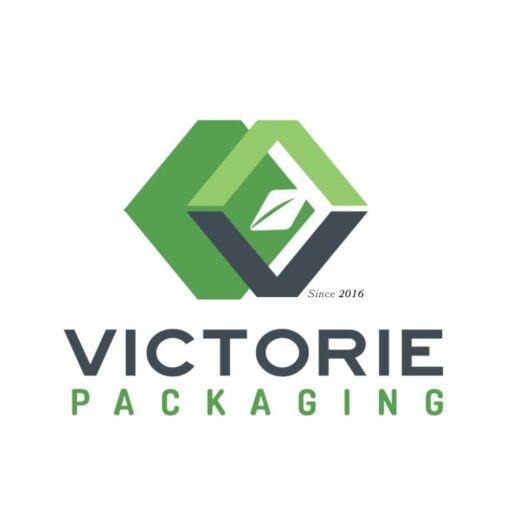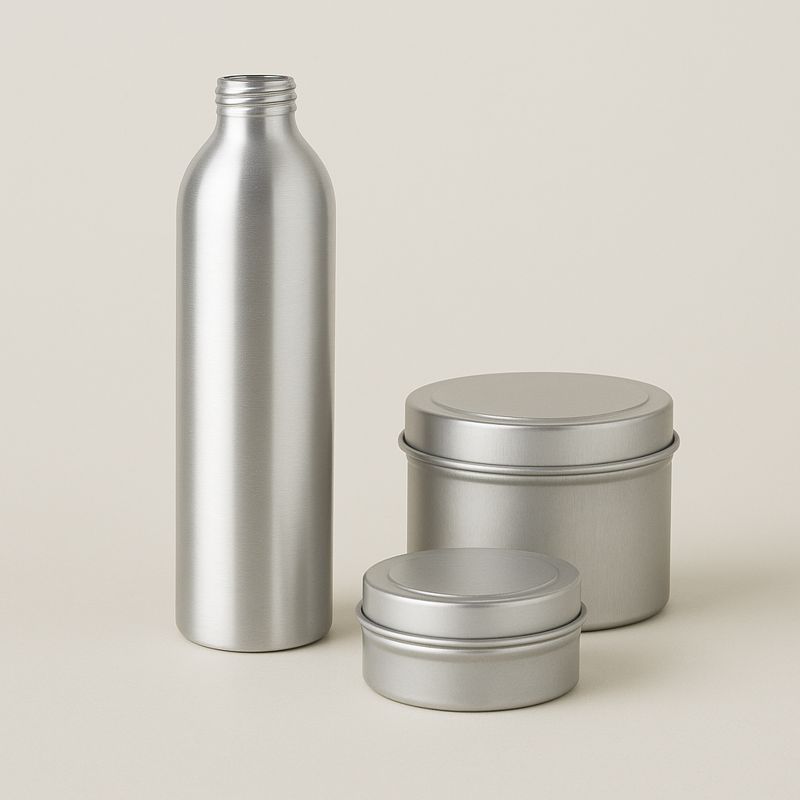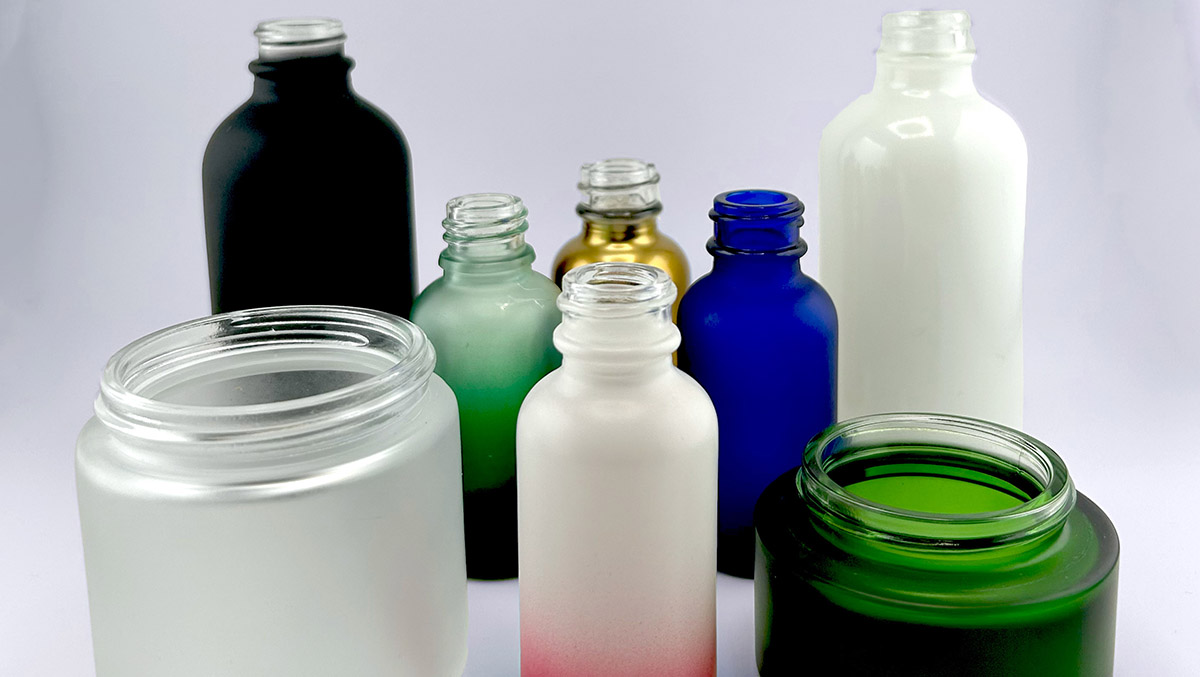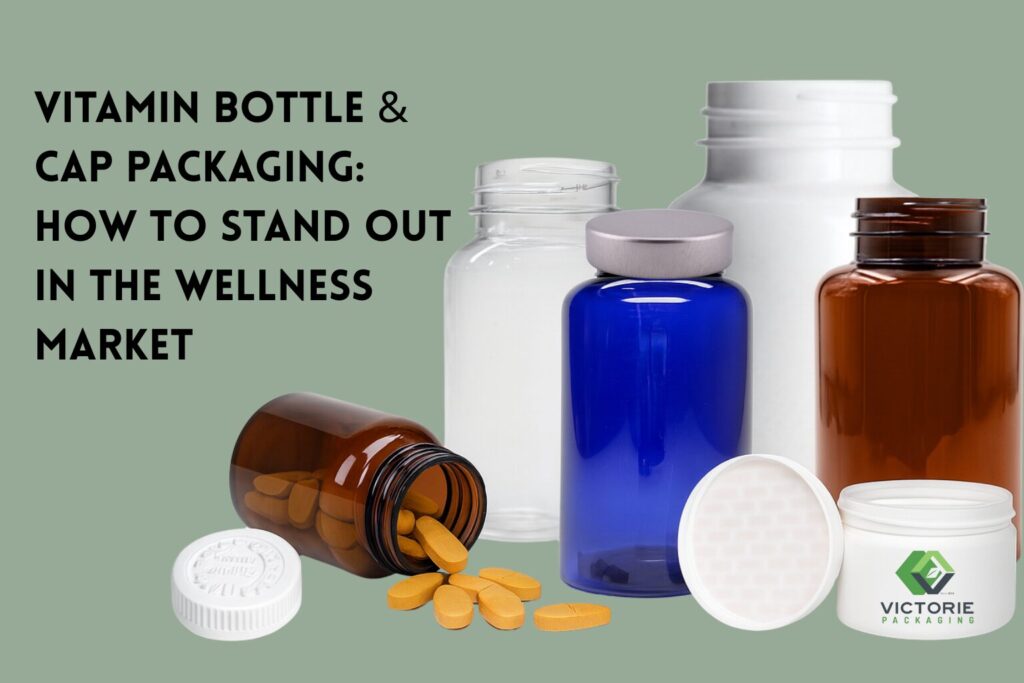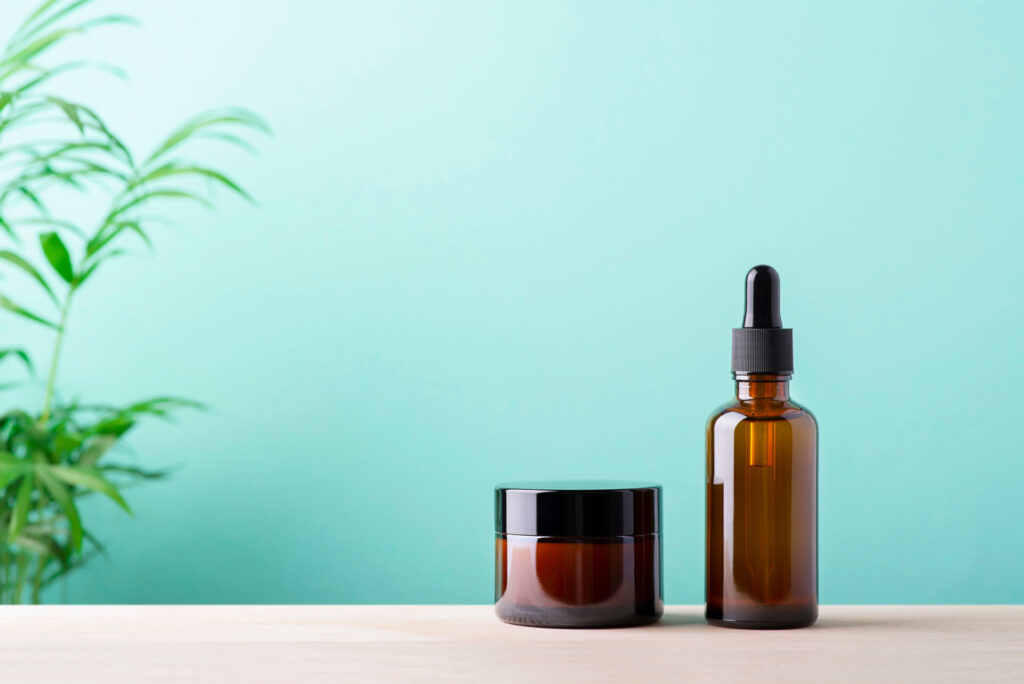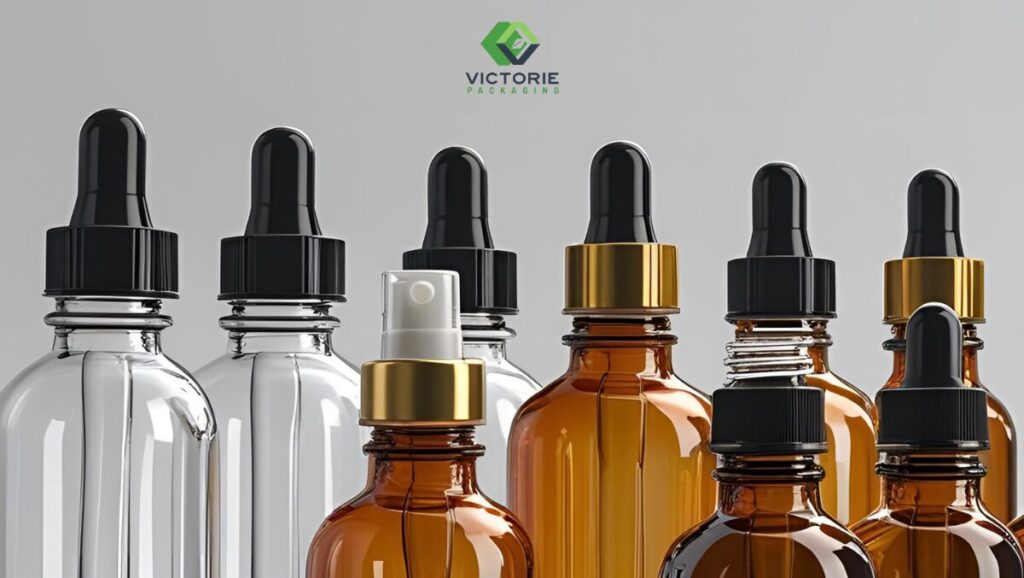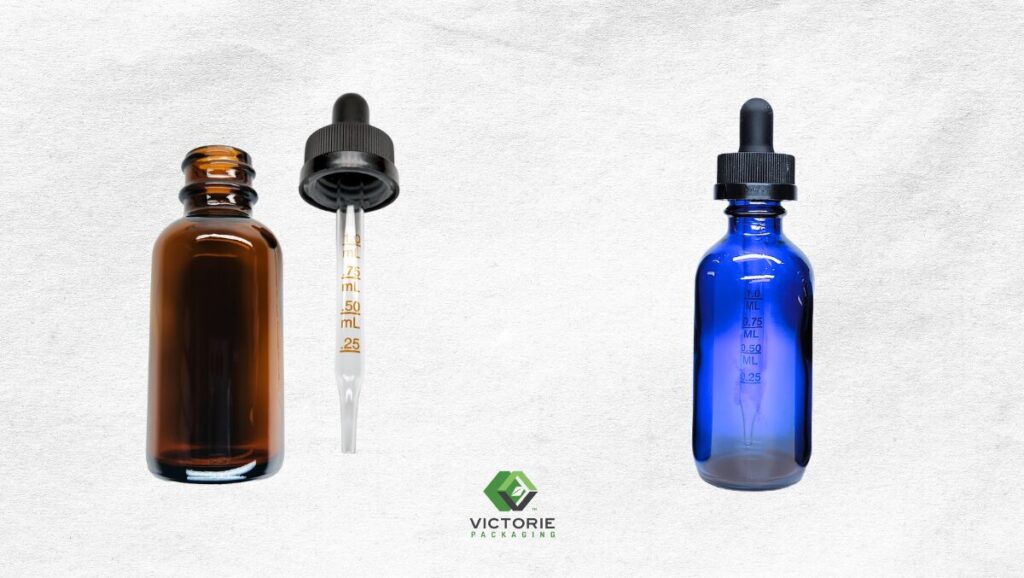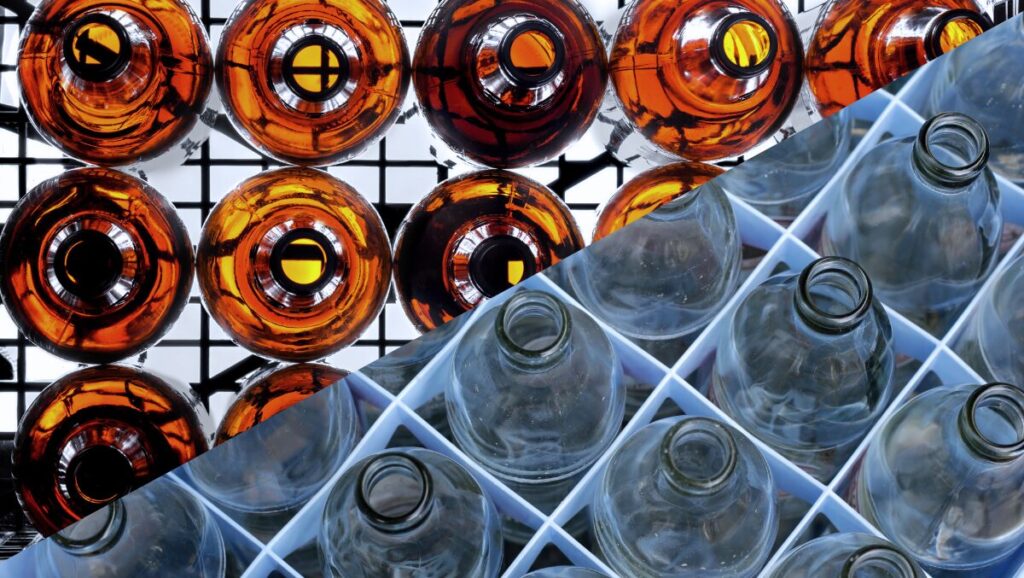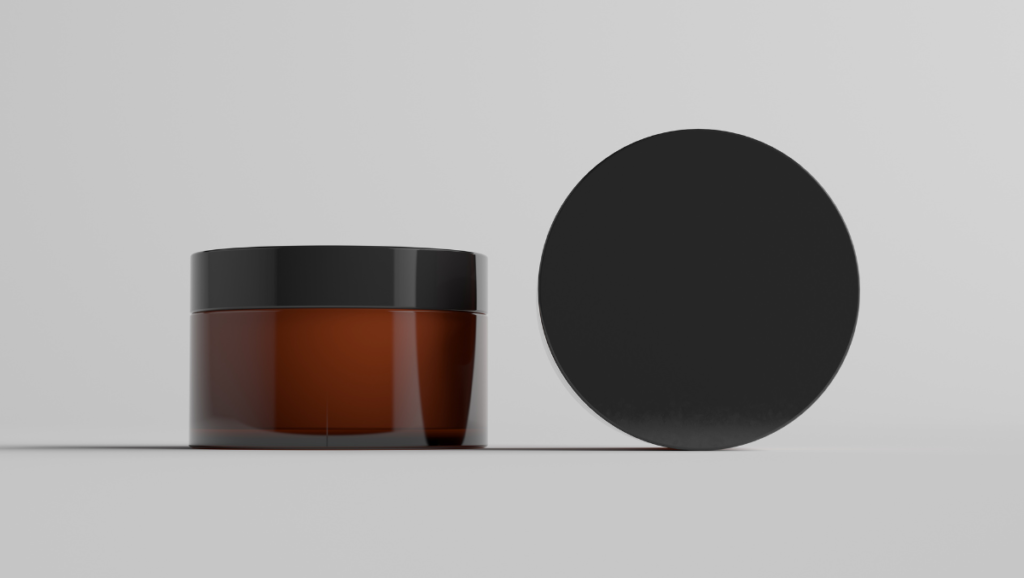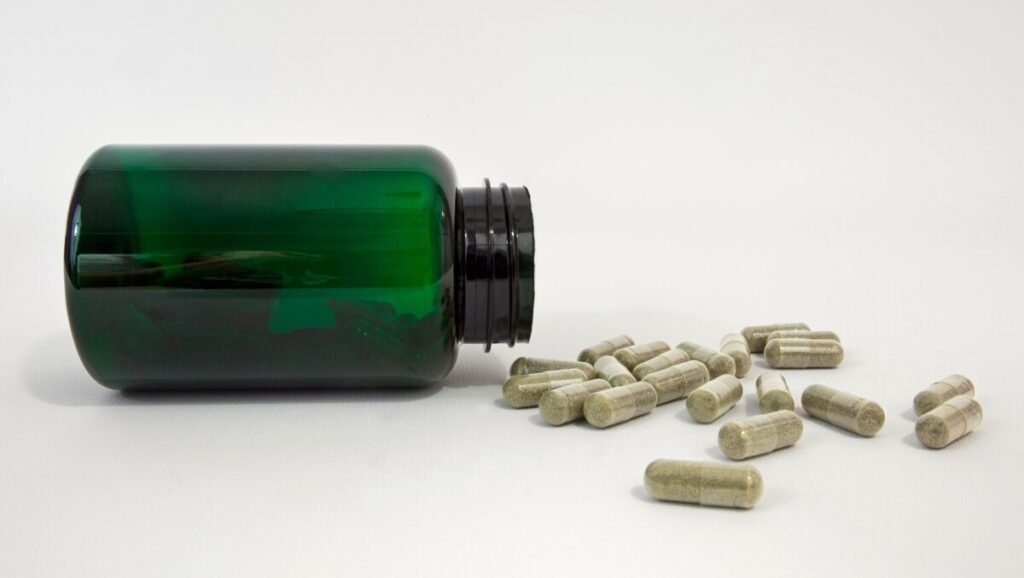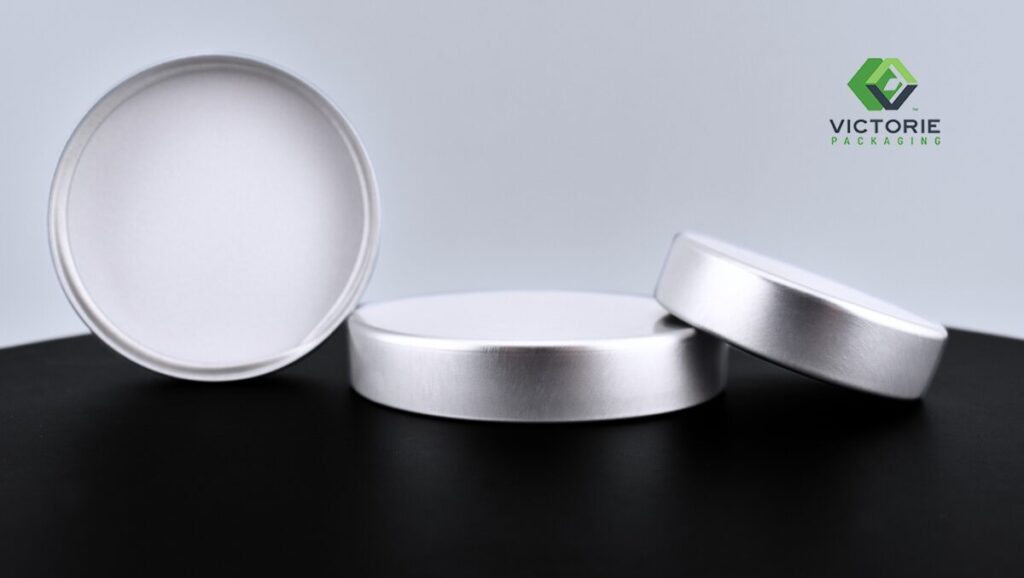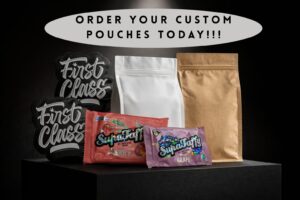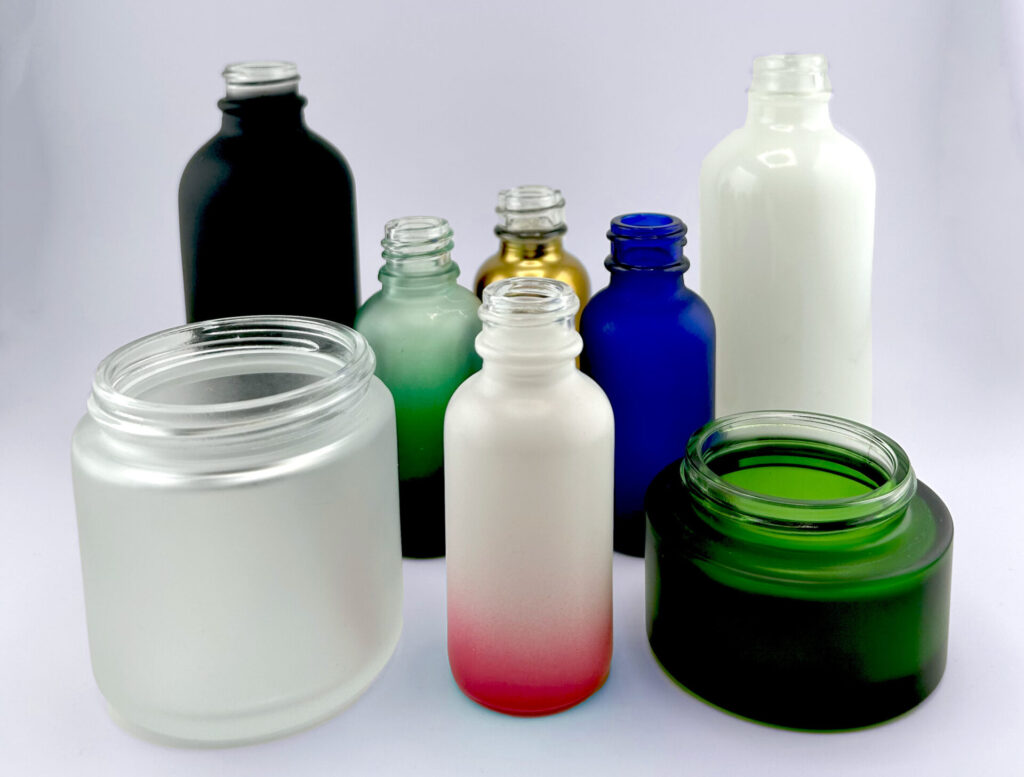
Yes, we all probably think of beer and wine when we first think of products stored in glass. It can safely store much more than alcohol, however, and it’s been used as a packaging material for much longer than you probably think. The oldest traces of glass packaging dates back thousands of years! Egyptians are credited as the first to use hollow glass containers, utilizing the solid material to hold oils and ointments back around 1500 b.c. Its versatility has allowed it to become one of the most popular materials chosen to hold food, beverages, cosmetics and pharmaceuticals among other items by companies all over the world today.
Glass packaging can have many benefits, but the extent of those benefits can vary depending on glass color. Choosing specific colors for packaging can be eye-catching and help brands establish their identity. Selecting the right color of glass for your product can also enhance their well-being and help your company stay on an eco-friendly path. So, grab a nice cold glass of a beverage of your choice and learn more about the importance of glass color for packaging purposes.
Psychology of Color
Colors can be an effective communication tool if used properly. They have the power to impact moods, feelings and behaviors. Warm colors, like red, orange and yellow, are related to intense feelings like anger and love. Cool colors, like blue, green and purple, are more closely related to relaxing feelings like freshness and peace. Brands can create appealing logos, content, and packaging with this knowledge.
Choosing the right color for your packaging is important no matter your product. You want your items to give off moods that resonate with your brand. Certain colors have been shown to give consumers certain perceptions when viewing packaged products. It can have an impact on what consumers ultimately decide to buy.
Vibrant colors are believed to call on appetite as they grab attention and are associated with high stimulation. We can look at fast food brands like McDonald’s and Burger King for examples of that. Brighter colors in packaging are also more correlated to affordability. See the following graph for more on the psychology of color.
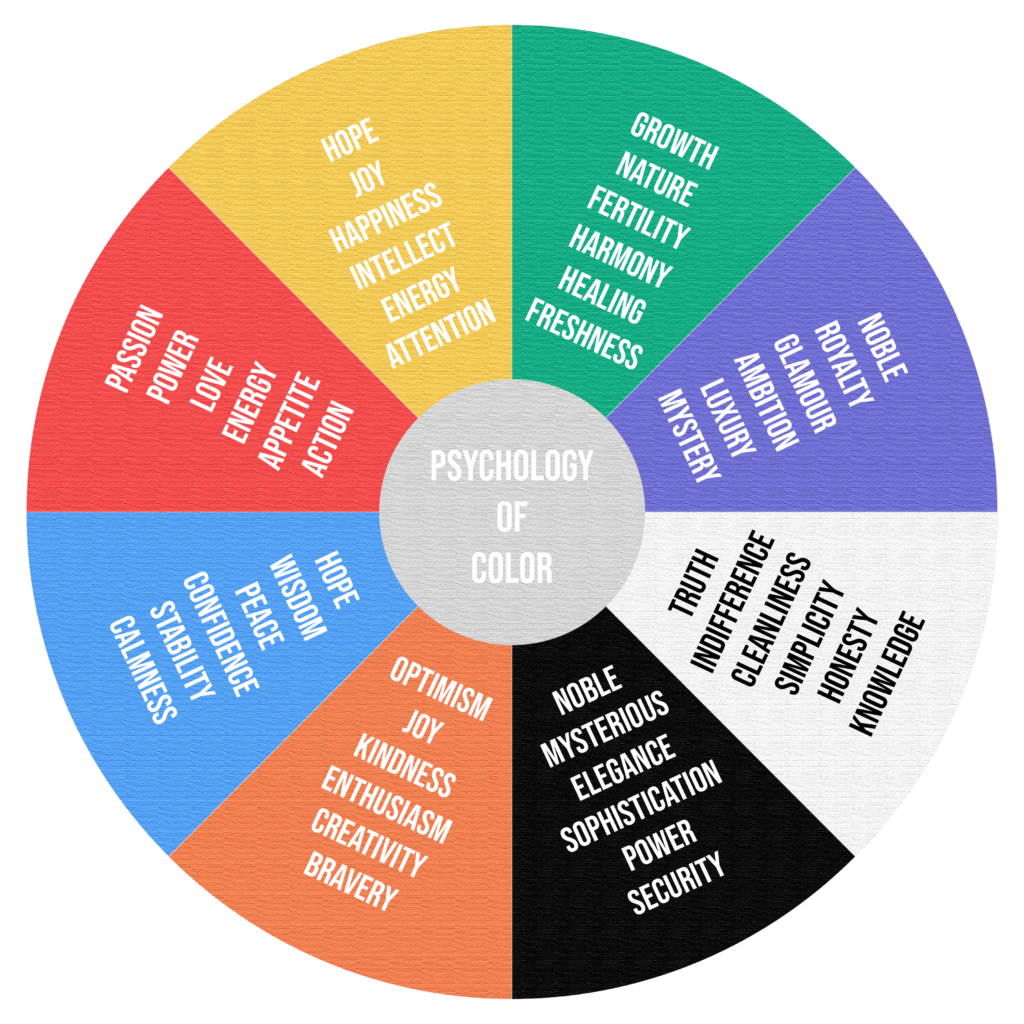
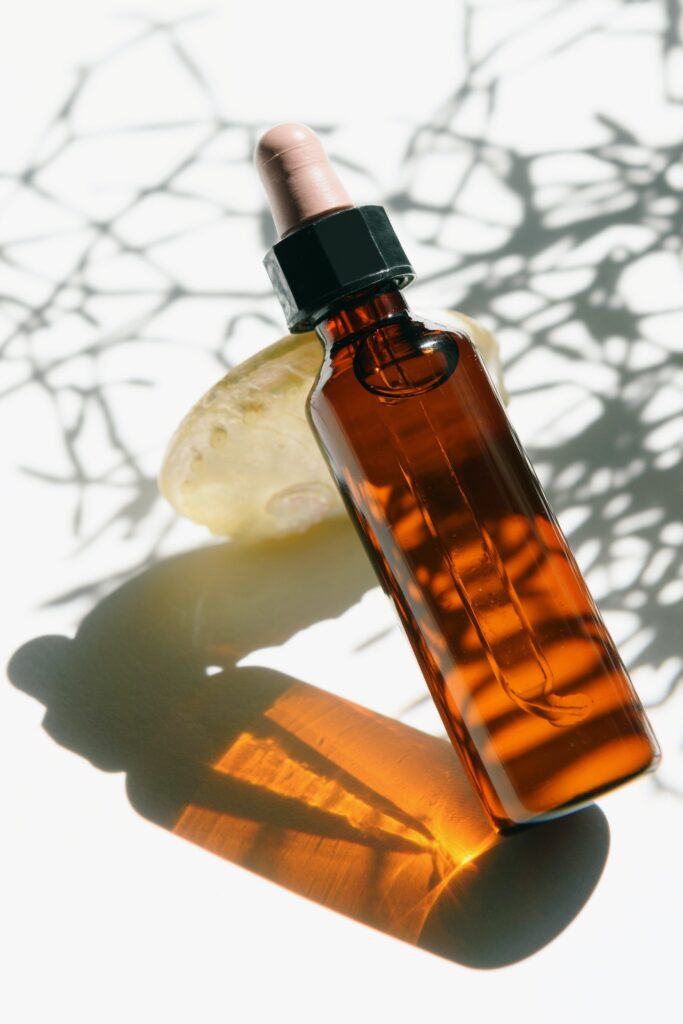
Protective Capabilities of Glass Color
There is a lot to consider when choosing colors to go with your packaging. Exploring the benefits of amber, cobalt blue and green glass can simplify the process.
Amber: Produced by adding carbon, iron and sulfur into glass’s raw materials, amber glass can offer some of the best protection possible for your light-sensitive products. Not only does it block blue light, but it also blocks almost all light wavelengths under 450 nanometers. That includes UVA and UVB rays. Essential oil manufacturers, pharmaceutical companies and plant-based product producers commonly store their items in amber glass.
Cobalt Blue: Produced by adding copper or cobalt oxide into the raw material mixture, cobalt blue glass efficiently absorbs light similarly to amber glass. It cannot filter out blue light, but it still protects against UV rays. Companies who benefit from amber glass may choose to go with cobalt blue glass packaging instead for a more eye-catching look when it hits shelves.
Green: Produced by adding chrome oxide into the mixture, green glass offers the least protection against UV light when compared to amber and cobalt blue. It cannot block out blue light, but it is still more effective than clear glass at protecting products. Amber glass may be the ideal glass to store your items, but companies may decide to go with green if they believe it will be more effective at capturing consumers’ attention.
It is common for chemicals to be added to products to ensure protection from damaging light sources. Choosing one of the glass options above provides you with a natural filter so those extra chemicals aren’t needed. All glass is nearly completely inert, so you don’t have to worry about chemicals seeping into your product no matter which glass packaging option you choose.
Aesthetics and Branding
With knowledge of the psychology of color and understanding the benefits of amber, cobalt and green glass, companies can come up with desirable packaging designs that align with their values. While green and cobalt blue glass protects from the sun, the colors also have the potential to evoke welcoming feelings in consumers. Medical companies, like Kaiser Permanente and WebMD, often use blue in their logos to give off a sense of comfort, while green is often used by environmentally-conscious companies, like Whole Foods and iHerb, as the color is correlated with nature and growth.
Amber, cobalt blue and green glass have their benefits, but they aren’t the only available color options when it comes to glass packaging. The possibilities are almost endless. Glass bottles and jars can also be naturally turned flint, violet and porcelain white. Glass can be custom coated with bolder colors of black, white, gold or silver for companies seeking a more luxurious or modern style of branding. Apple commonly packages its items in white while Chanel often utilizes black and white for their packaging. Customizable options like frosted glass and matte glass are other options that can give companies a chance to modify their packaging to their specific desires.
Glass in its purest form has an appealing, smooth, and shiny look. This helps it catch people’s attention when they’re browsing store shelves. Glass has been around for centuries so it can be an appealing option to companies and consumers who seek a connection to the past. The rich legacy of glass contributes to its timeless allure, from the Egyptians making the first hollow glass containers to revolutionary glassmakers in 11th-century Venice. The clear state of glass also allows consumers to see what it’s inside, so it can be an effective option for companies looking to build trust. The transparency enhances the visual appeal by allowing the contents inside to be viewed immediately.
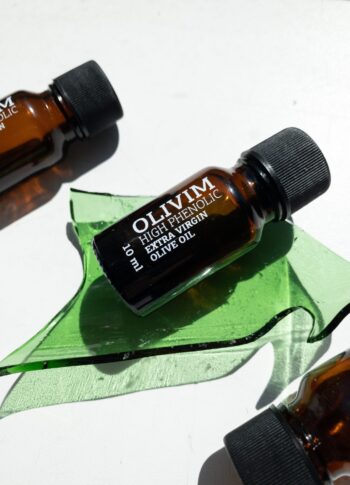
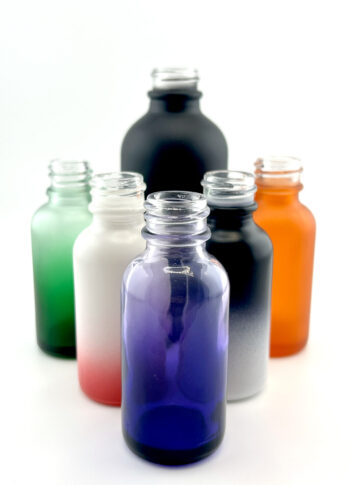
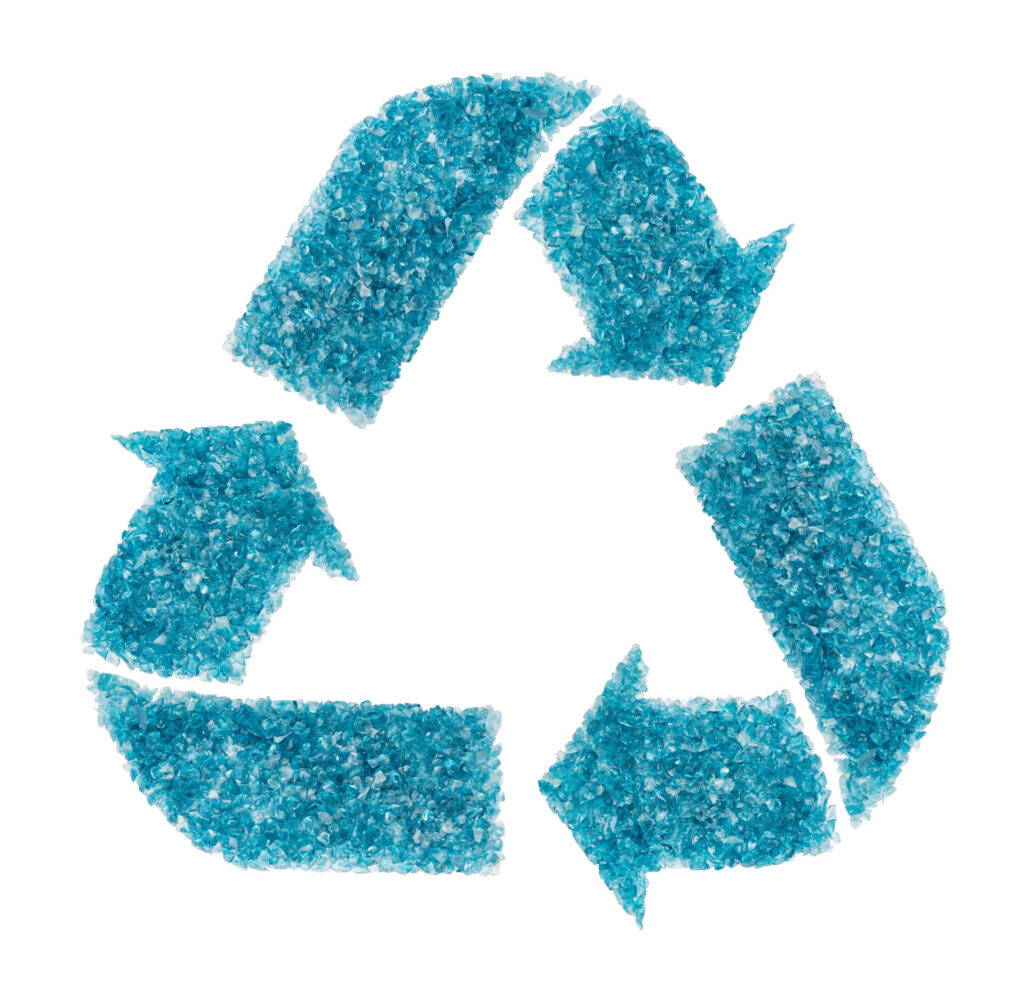
Sustainability of Glass Color
Glass is 100% recyclable, allowing it to be melted and turned into new products over and over again. It takes a tedious process to accomplish this, though. Glass colors cannot be mixed when recycled. The quality of glass can be diminished if different colors are mixed in the recycling process. Using recycled glass in place of raw materials is ideal, but it’s impossible unless the glass is recycled based on color.
Using properly recycled glass has many benefits. To start the recycling process, glass gets crushed into what is known as a cullet. Creating new glass products from cullet instead of raw materials lowers the amount of energy consumed by an average of 40%. The more cullet used, the less energy consumed. This is because the cullet melts at a much lower temperature when compared to raw materials that make glass. If glass isn’t separated by color before being crushed into a cullet, the mixed materials can be used to create fiberglass. So, cullet doesn’t go to waste either way.
The closed-loop ability of glass to be recycled repeatedly reduces the demand for raw materials, conserves energy and minimizes greenhouse gas emissions, making it one of the sustainable packaging options available.
Glass is undoubtedly a top packaging choice for a range of products far beyond the realm of beer and wine. Its ancient roots established the foundation of its uses. As time progressed we learned the importance of glass colors, particularly amber, cobalt blue, and green. These glass colors act as natural filters that offer distinct protection capabilities against harmful light sources. Glass in any color will always remain nearly fully inert. It’ll keep chemicals from entering your products regardless of which shade you decide to use.
The aesthetics and branding potential of glass colors allow companies to connect with consumers on a deeper level by aligning their packaging design with their values. Beyond its potential protective benefits and custom color possibilities, glass’s sustainability remains a major advantage in today’s eco-conscious world. Its endless helps contribute to a circular economy, making it a popular choice for companies committed to reducing their environmental footprint while preserving the beauty and integrity of their products.
Embrace the artistry of glass colors and the endless possibilities they offer to shape a greener tomorrow!
